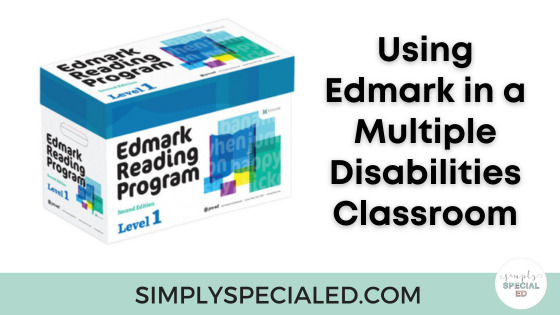
When using Edmark in a multiple disabilities classroom, it is essential to provide inclusive and effective instruction to cater to the diverse needs of students. The Edmark Curriculum is a valuable evidence based resource for teaching reading skills. In this blog post, I will discuss practical tips and strategies for using the Edmark Curriculum with students that are visually impaired and students with multiple disablities. Using edmark in multiple disabilities classroom doesn’t have to be hard.

Create Accessible Materials:
Not all of our students are able to see the Edmark materials as they are. Adapt Edmark materials for visually impaired learners and students with multiple disabilities. Increase the font size and use high contrast colors in worksheets and instructional materials. Provide braille versions of the curriculum for students who read braille. Consider converting the materials into a digital format compatible with screen readers or other assistive technologies. Here’s an example of accessible Edmark cards:

Integrate AAC into Edmark Activities:
To support students who use AAC devices, incorporate AAC into Edmark activities. Program the AAC devices with relevant vocabulary and phrases from the Edmark lessons. Encourage students to use their AAC devices to answer questions, read words, and express comprehension. I have students that use LAMP and students that use SnapCore. I program that the relevant words into the students device as well. Of course, this is especially important in the early phases of the program.
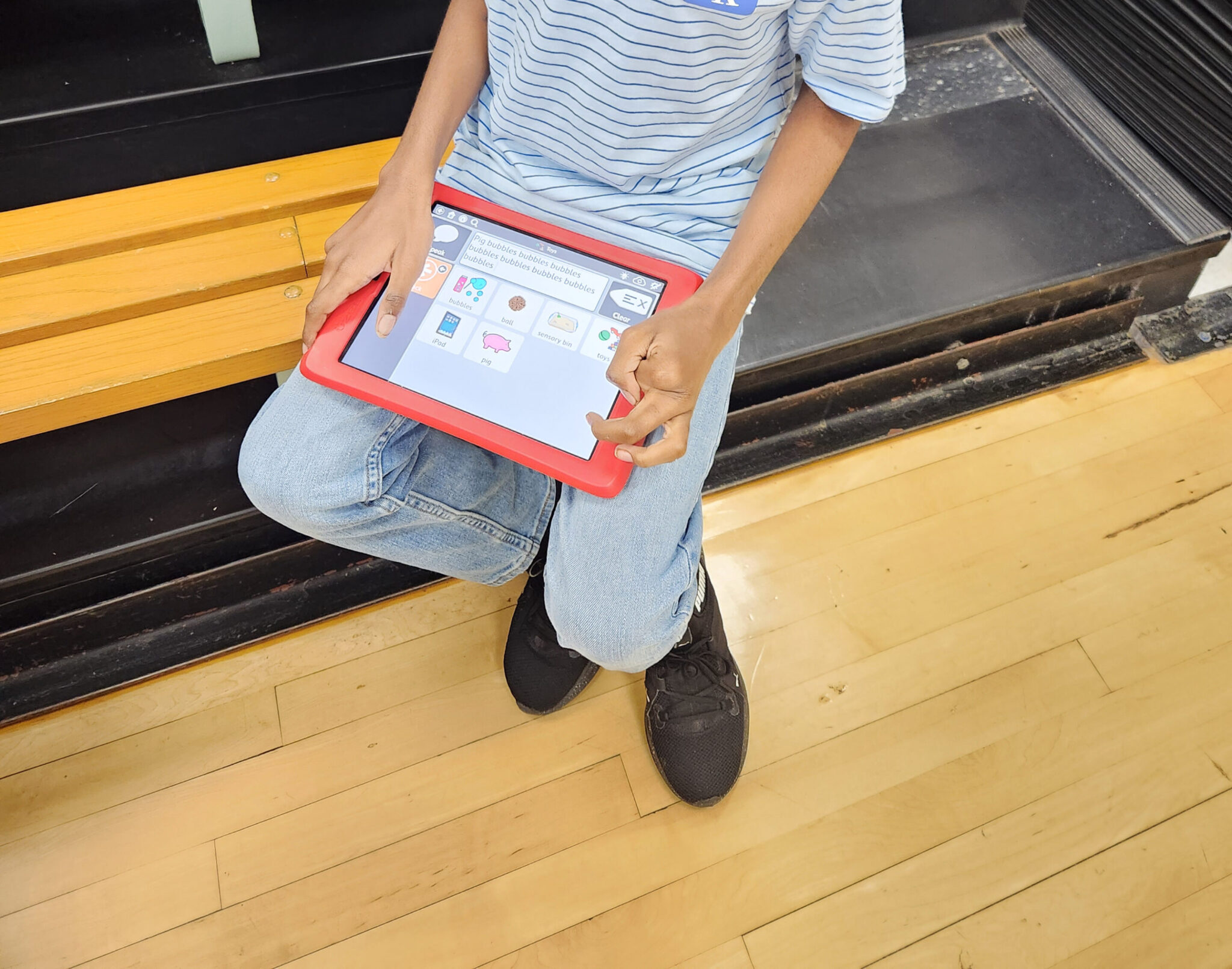
Utilize Tactile Supports:
For visually impaired students, tactile supports are crucial for enhancing their understanding. Supplement the Edmark materials with tactile cues. You can create tactile elements wit raised lines, textured elements, or objects that represent the words being taught. Moreover, students can explore and feel these tactile supports while engaging with the curriculum. You can make a tactile version of every word in the kit. Here’s an example of tactile supports:
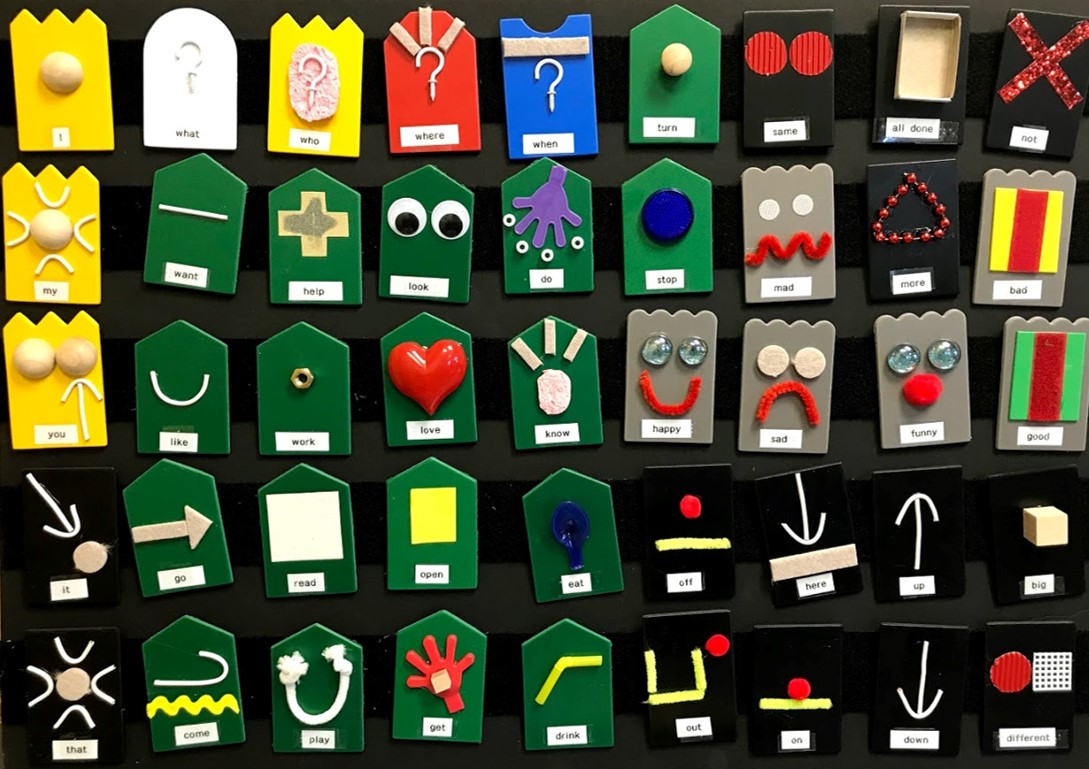
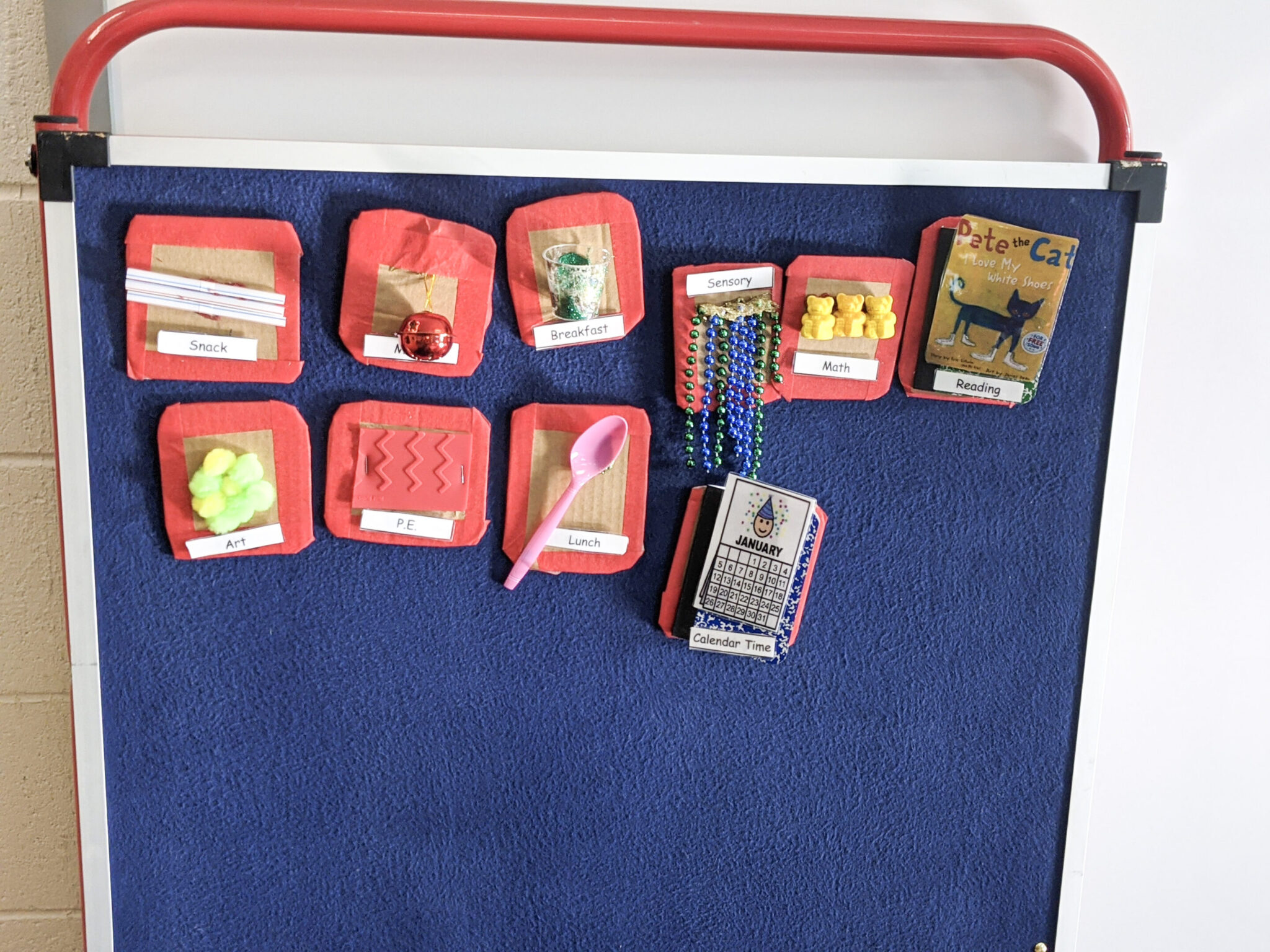
Collaborate with Specialists:
Lastly, collaboration with specialists such as speech-language pathologists, occupational therapists, or vision teachers is crucial when working with AAC users who are visually impaired and students with multiple disabilities. Seek their expertise to develop individualized strategies and adaptations for the Edmark Curriculum. They can provide guidance on AAC programming, tactile modifications, and assistive technology integration. Collaborative efforts maximize student learning and growth.
Incorporating the Edmark Curriculum in a multiple disabilities classroom can effectively support students who use AAC and are visually impaired. By creating accessible materials, integrating AAC, providing tactile supports, incorporating auditory prompts, adapting response options, collaborating with specialists, and fostering peer support and inclusion, educators can create a nurturing and inclusive environment that promotes growth and learning for all students.
Remember, each student is unique, so individualized adaptations and ongoing assessment are crucial for success. By implementing these strategies, you can maximize the impact of the Edmark Curriculum, empowering your students to develop essential reading skills and reach their full potential. I hope this helps when you when using Edmark in the multiple disabilities classroom.

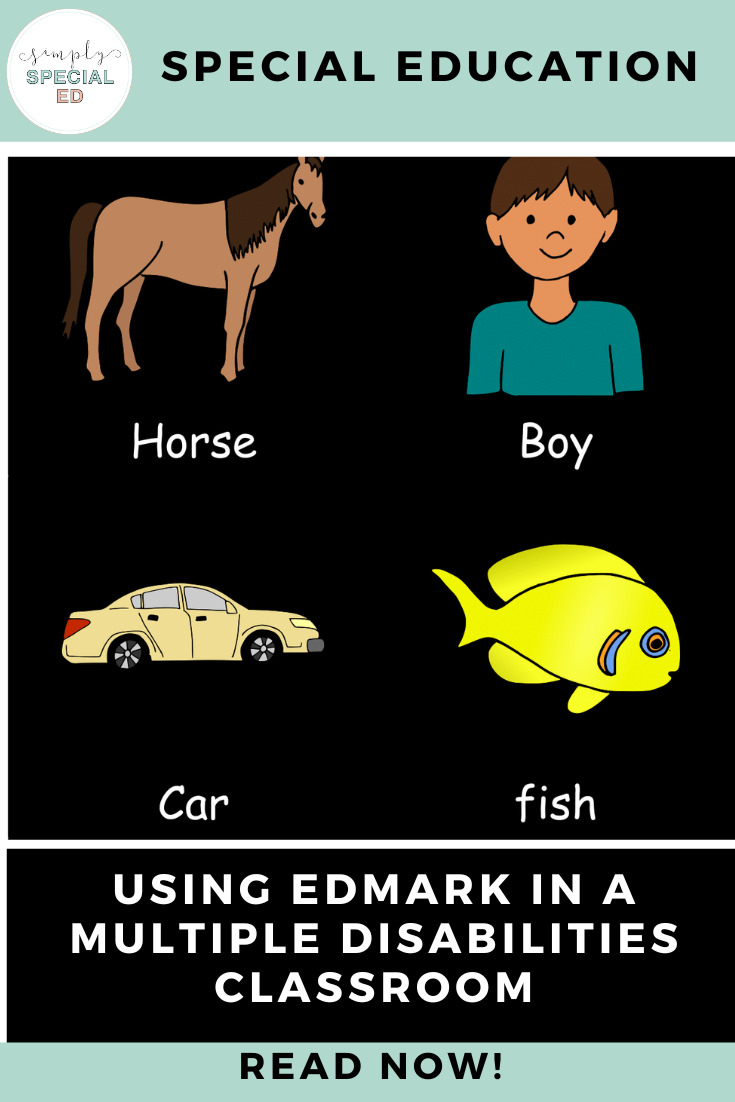
The post Using Edmark in a Multiple Disabilities Classroom appeared first on Simply Special Ed.
